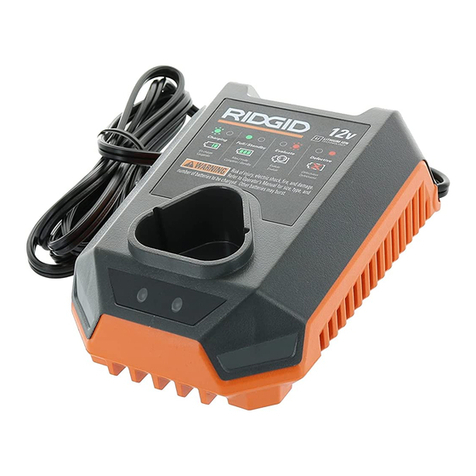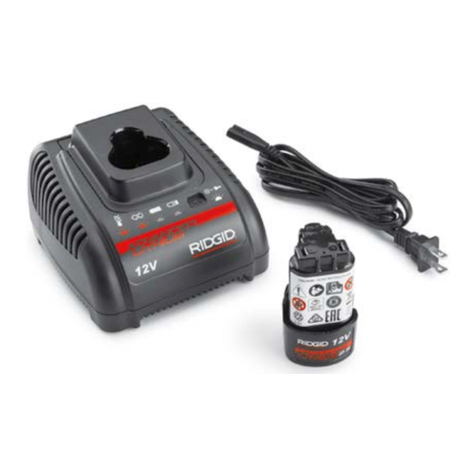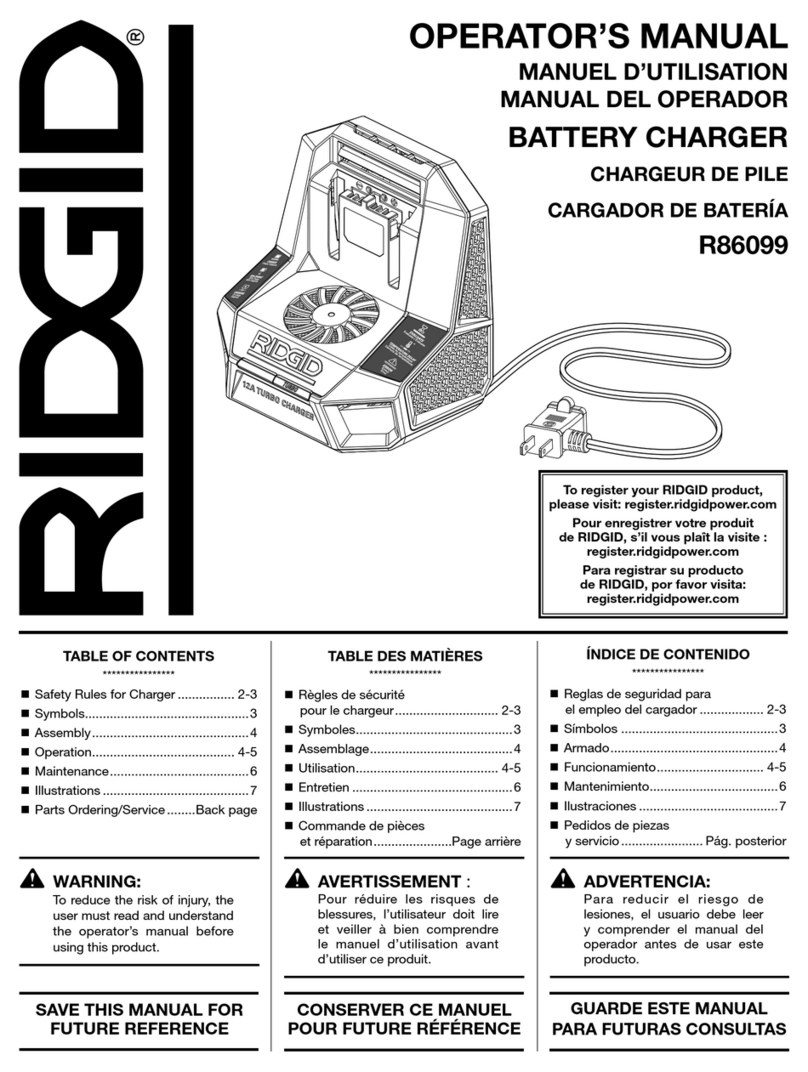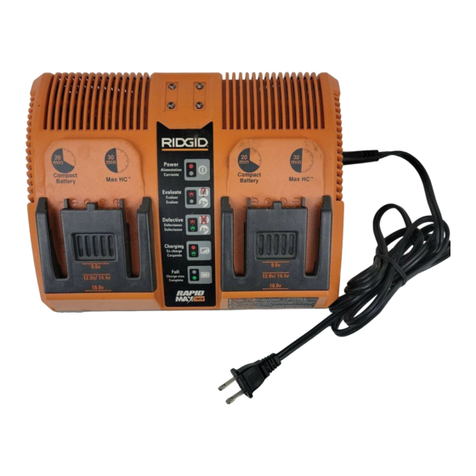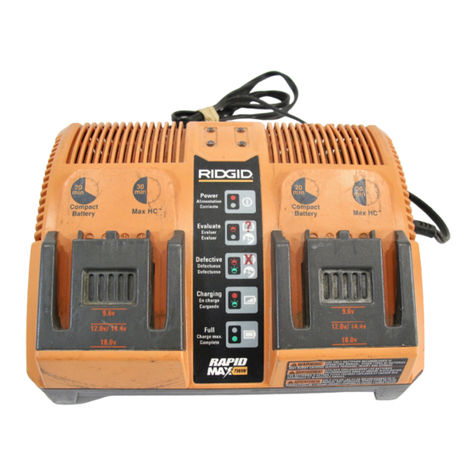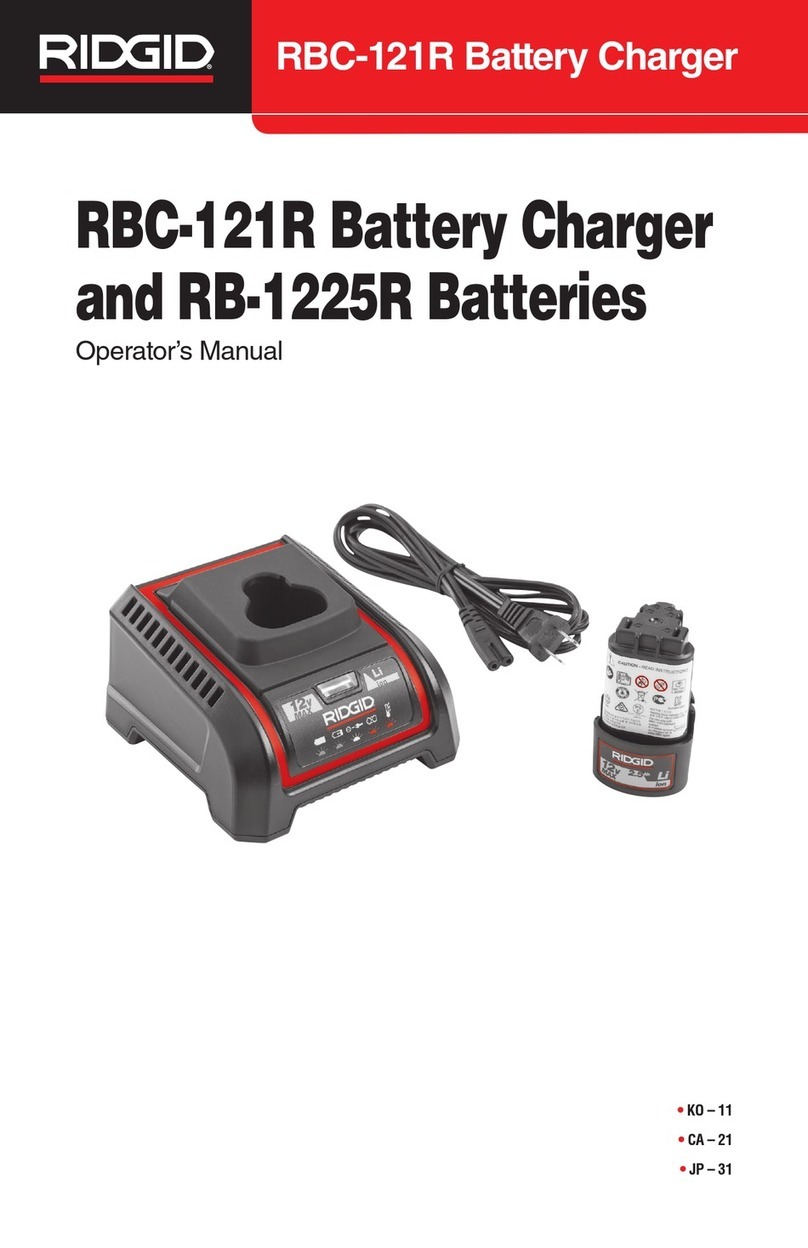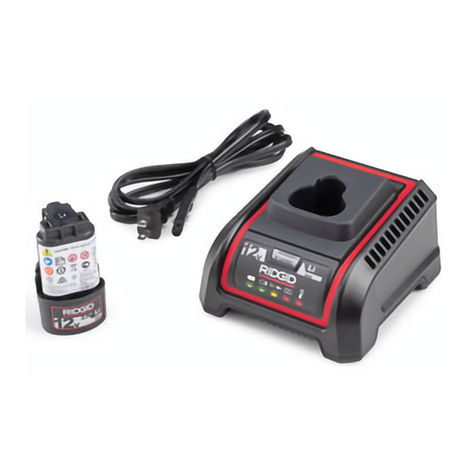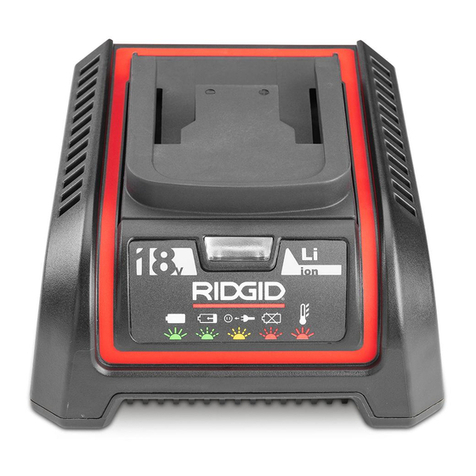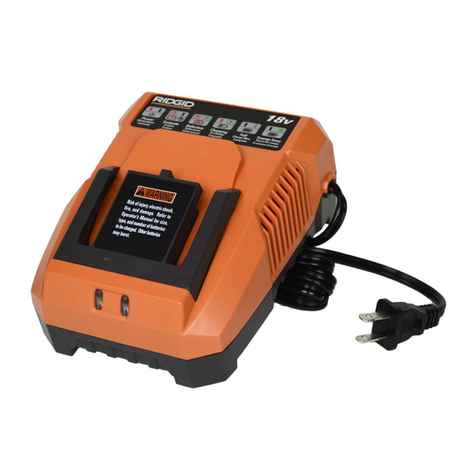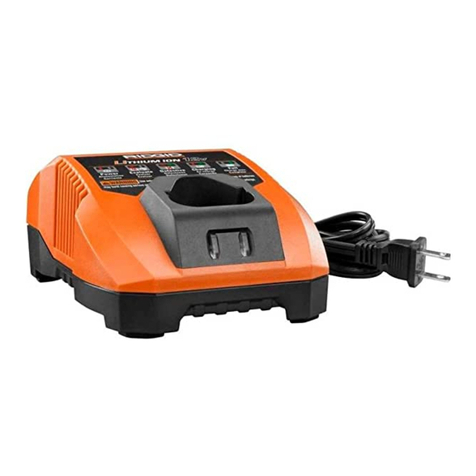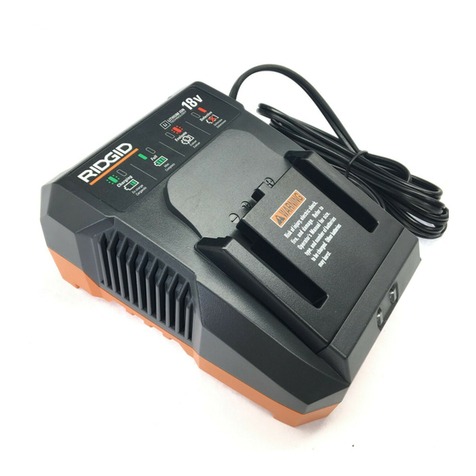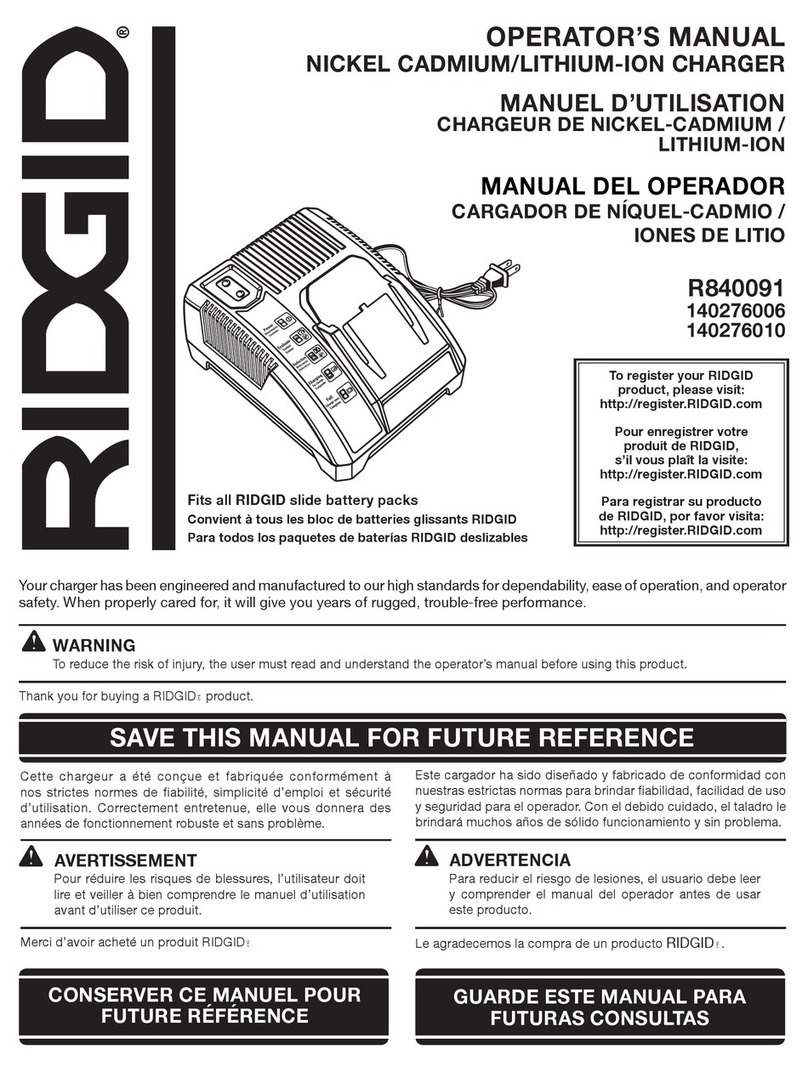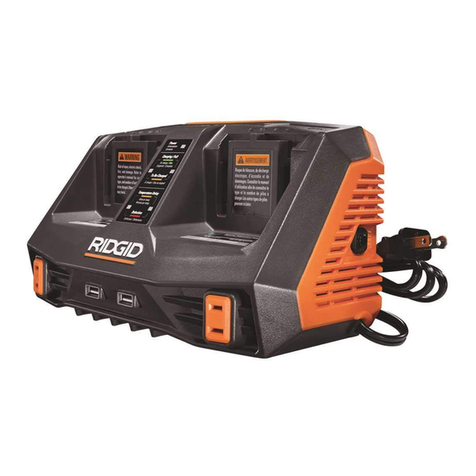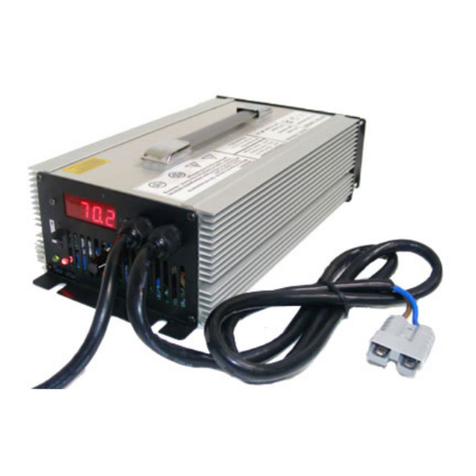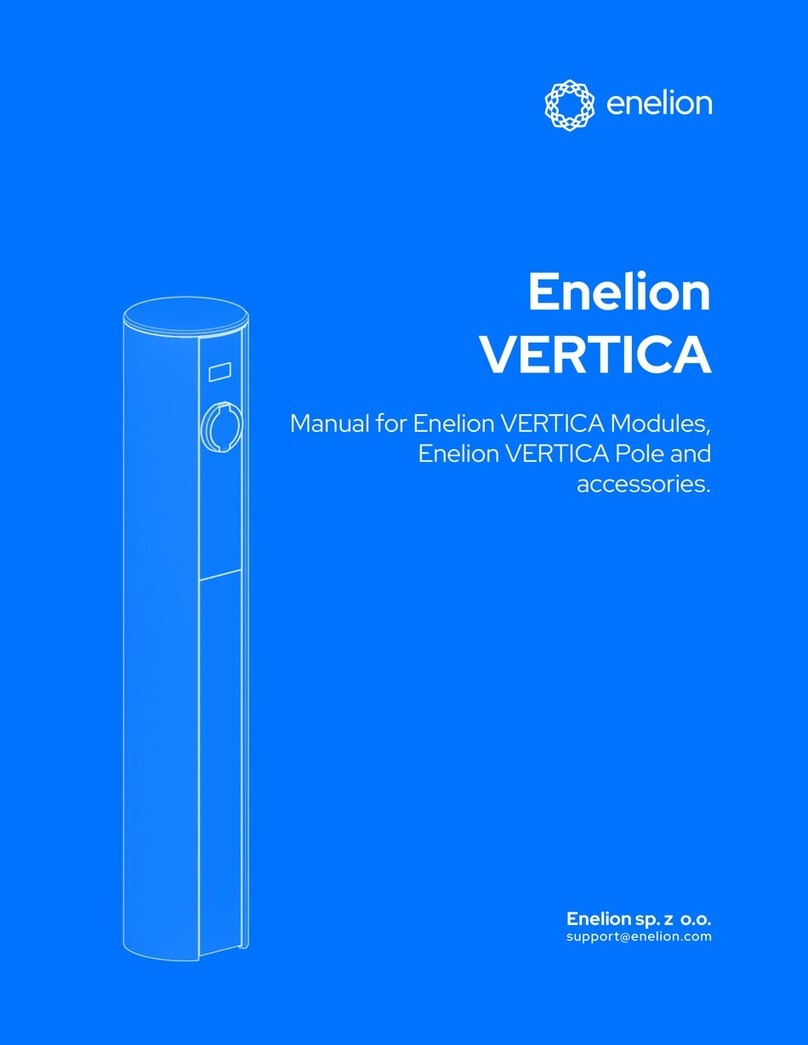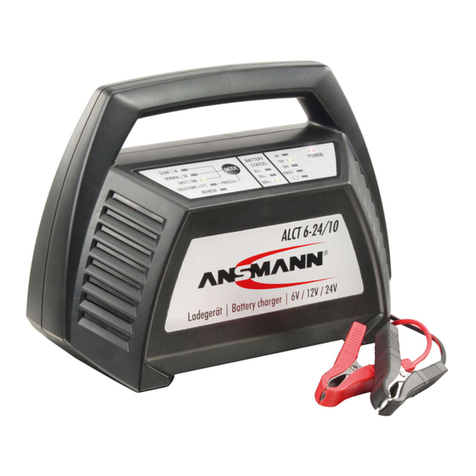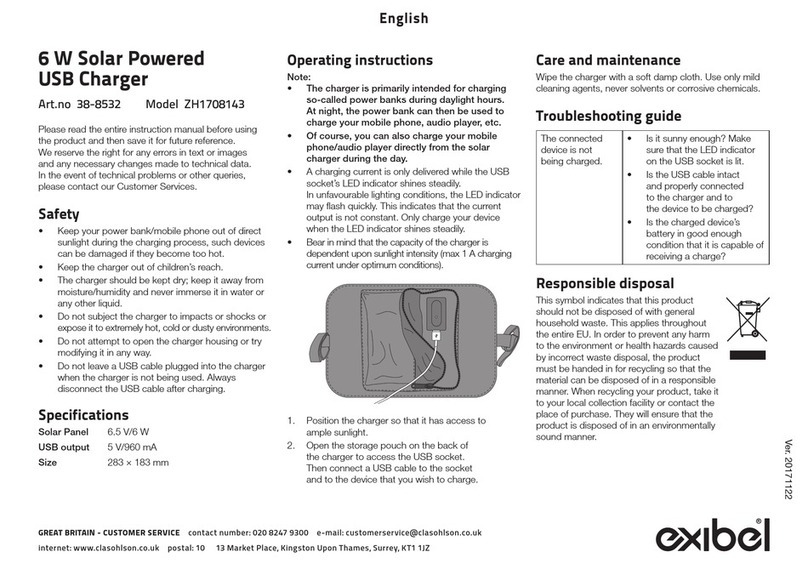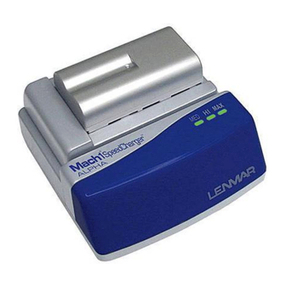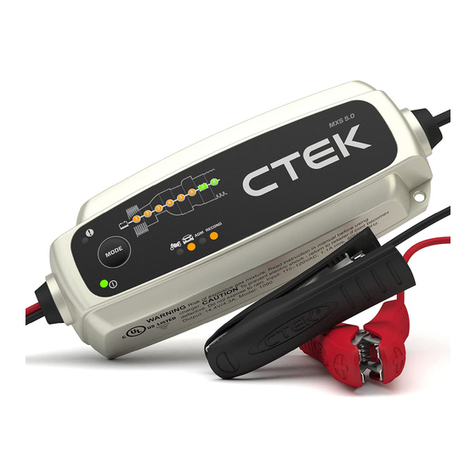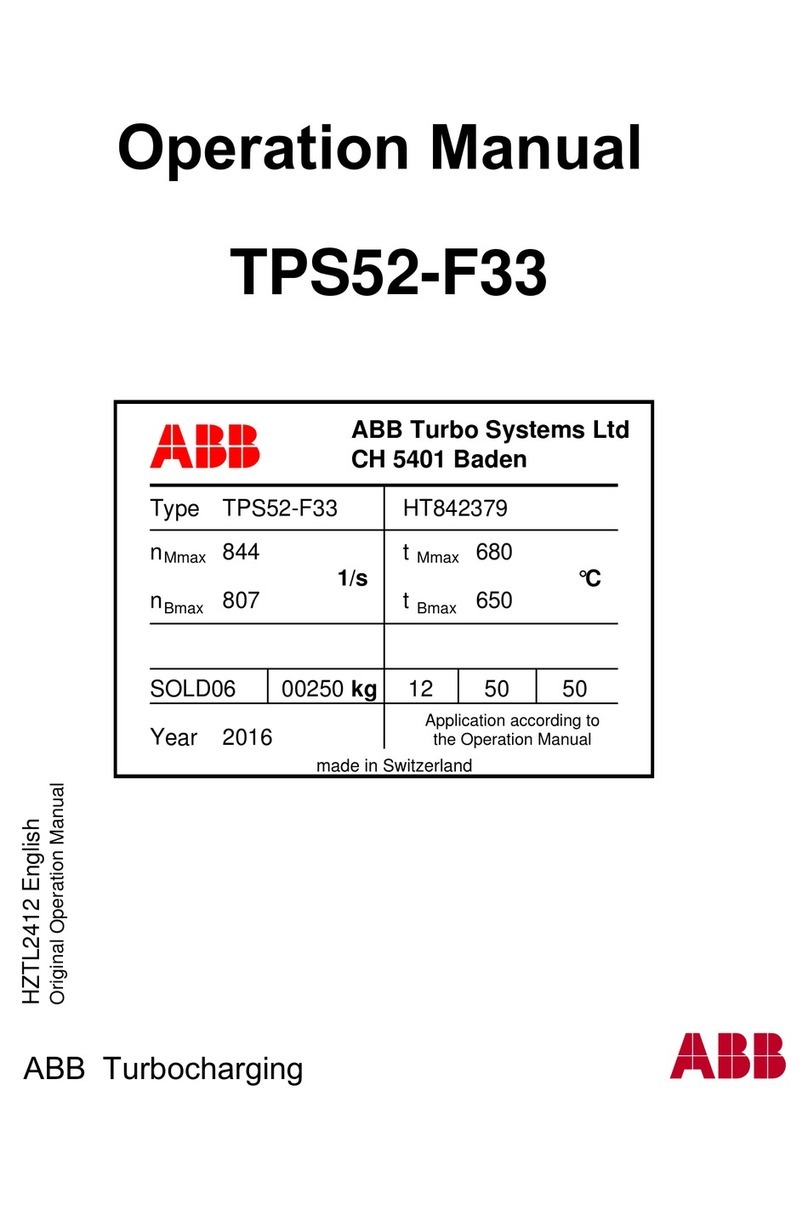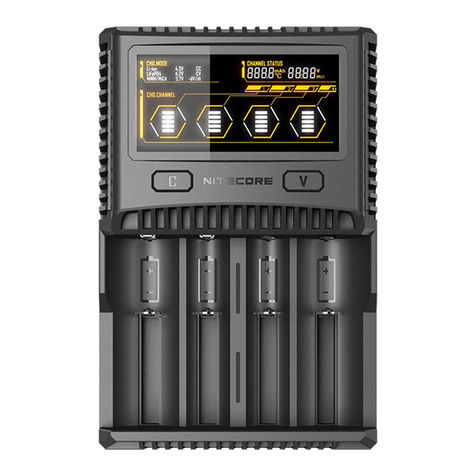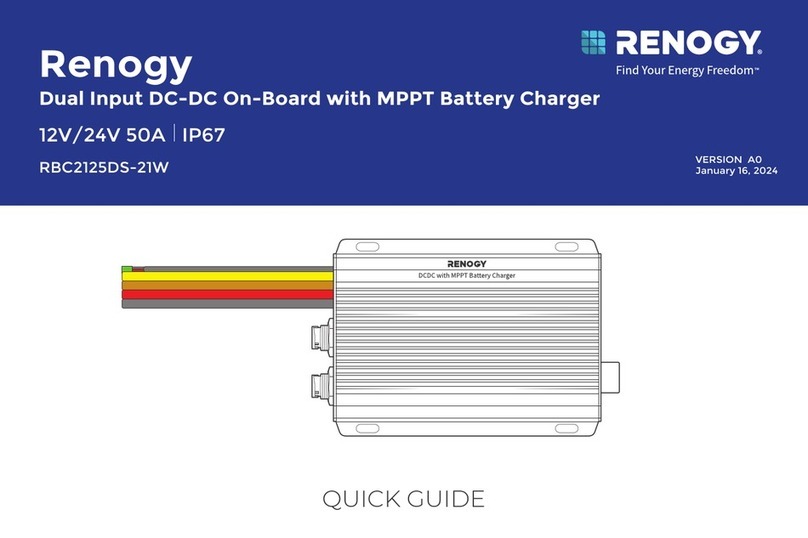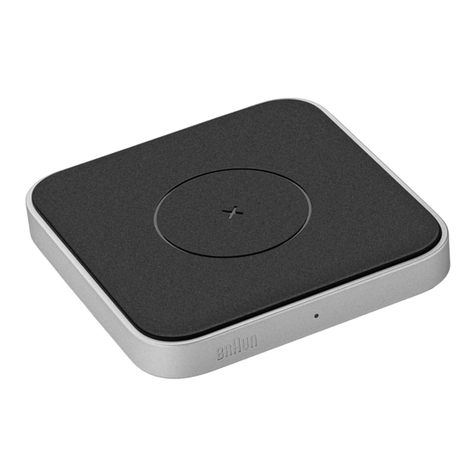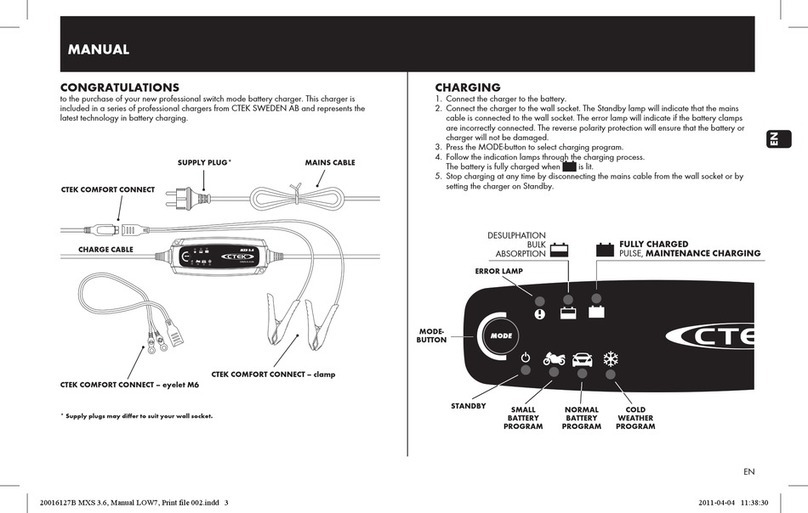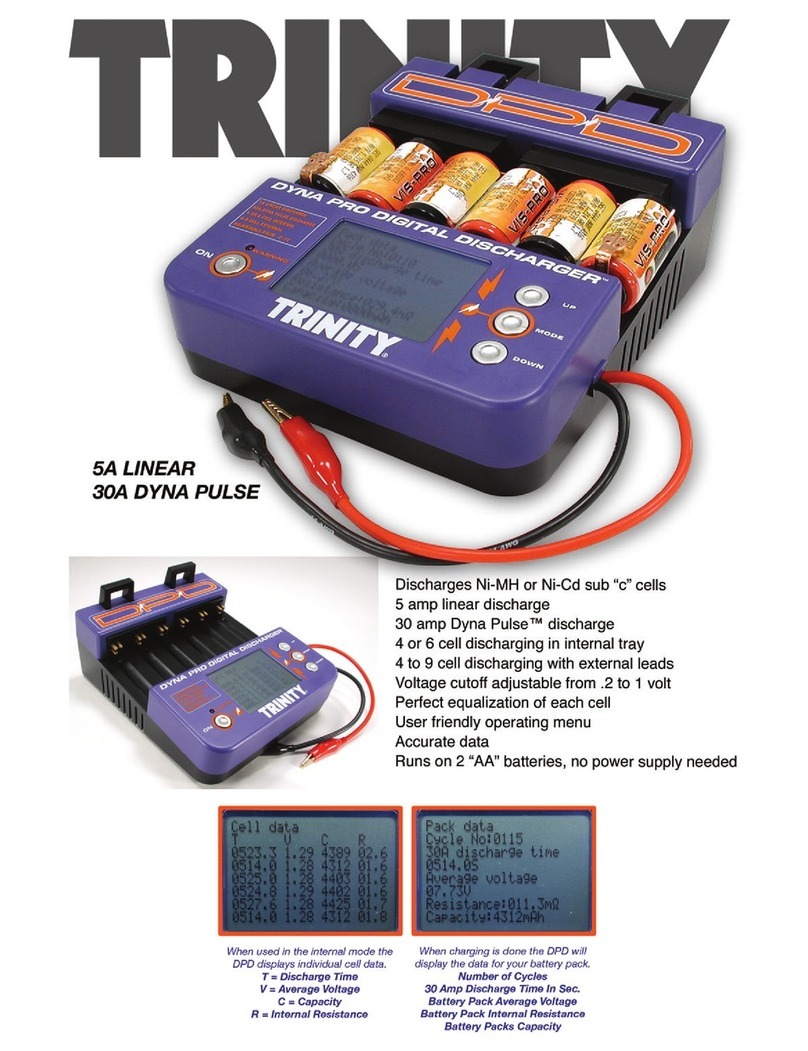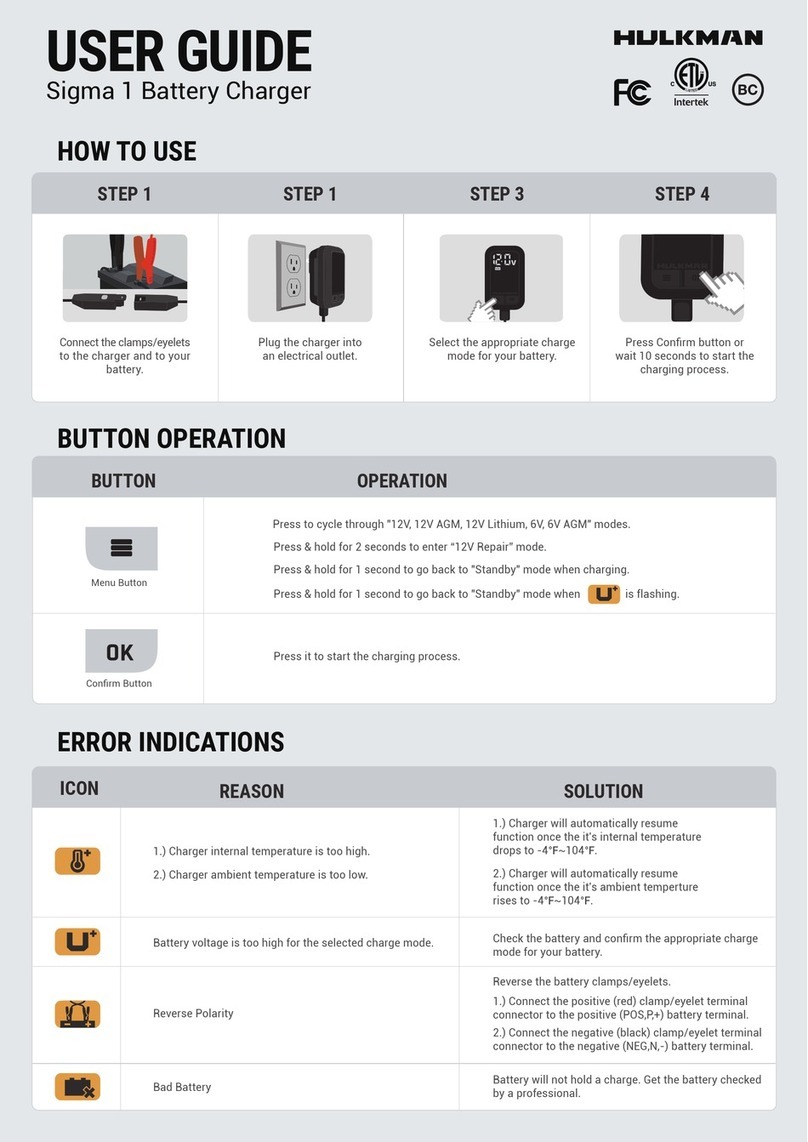
•Follow all charging instructions and do
not charge or store the battery pack
outside the temperature range speci-
fied in the instructions. Charging or stor-
ing improperly or at temperatures outside
the specified range may damage the bat-
tery and increase the risk of battery leak-
age, electrical shock or fire.
•This appliance can be used by children
8 years and above and persons with re-
duced physical, sensory or mental capa-
bilities or lack of experience and know -
ledge if they have been given supervi-
sion or instruction concerning use of
the appliance in a safe way and under-
stand the hazards involved.
•Children should be supervised to en-
sure that they do not play with the appli-
ance. Cleaning and maintenance shall not
be done by children without supervision.
Battery Safety
•Avoid contact with battery fluids. Fluids
may cause burns or skin irritation. For skin
contact, wash with soap and water. For
eye contact, immediately flush eyes thor-
oughly with water and continue flushing for
at least 15 minutes without rubbing. Seek
medical attention. See battery SDS for ad-
ditional information.
•Use batteries only with equipment spec -
ifically designating their use. Using Equip -
ment and batteries that are not rated for
use together can cause fire or other per-
sonal injury.
•When battery pack is not in use, keep it
away from other metal objects, like pa -
per clips, coins, keys, nails, screws or
other small metal objects that can make
a connection from one terminal to an-
other. Shorting the battery terminals to-
gether may cause burns or a fire.
•Do not burn battery or expose to high
temperatures. High temperatures can
cause the battery to explode.
•Properly dispose of batteries. Do not
burn. When disposing, place tape over
battery terminals to prevent shorting. Bat -
teries are Li-Ion and should be recycled.
Follow all applicable local regulations for dis-
posal of batteries. Refer to Disposal section.
•To reduce risk of damage to cord, pull by
connector rather than cord when dis-
connecting charger.
•Make sure cord is located so that it will
not be stepped on, tripped over, or oth-
erwise subjected to damage or stress.
•Do not operate charger with damaged
cord – replace it immediately.
•To reduce risk of electric shock, unplug
charger before attempting any mainte-
nance or cleaning.
•Use an appropriate power source. An
im proper power source may cause damage
to charger resulting in electrical shock, fire
or burns.
•Do not allow anything to cover the charg -
er while in use. Proper ventilation is required
for correct operation of charger. Covering
vents may result in fire. Allow a minimum of 4"
(102 mm) of clearance around the charger for
proper ventilation.
•Unplug the charger when not in use.
Re duces risk of injury to children and un-
trained persons.
•Do not carry charger by power cord. o
not pull cord to unplug. Reduces risk of
electrical shock.
Char er and Battery Safety
•Use appropriate Charger and Battery
combinations. See Specifications. Using
chargers and batteries that are not rated for
use together can cause the battery to burst,
fire or other personal injury.
•Do not use charger or battery if either
has been dropped, modified or damaged
in any way. Modified or damaged charger or
battery increases the risk of electrical shock.
•Do not open or disassemble the charg -
er or battery. There are no user servicea-
ble parts. Have repairs performed only at
authorized locations. Opening or disas-
sembling the charger or batteries may
cause electrical shock or personal injury.
•Do not probe charger or battery termi-
nals with conductive objects. Shorting of
terminals may cause sparks, burns or elec-
trical shock.
•Do not expose charger or battery to
damp or wet conditions, such as rain.
Make sure hands are dry when handling.
Moisture increases the risk of electrical
shock.
3
999-995-239.10 REV. C
RBC-FXP Battery Charger



